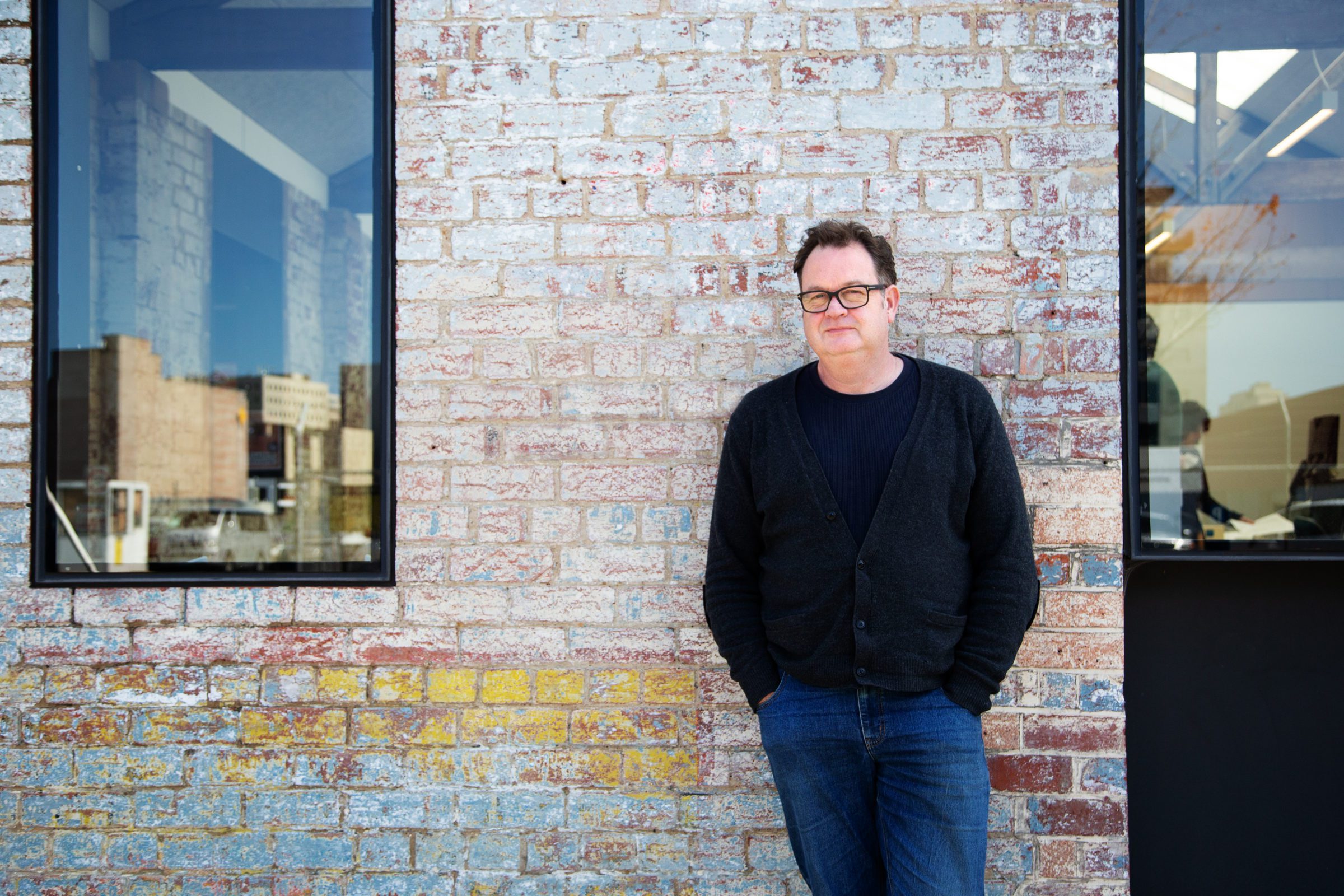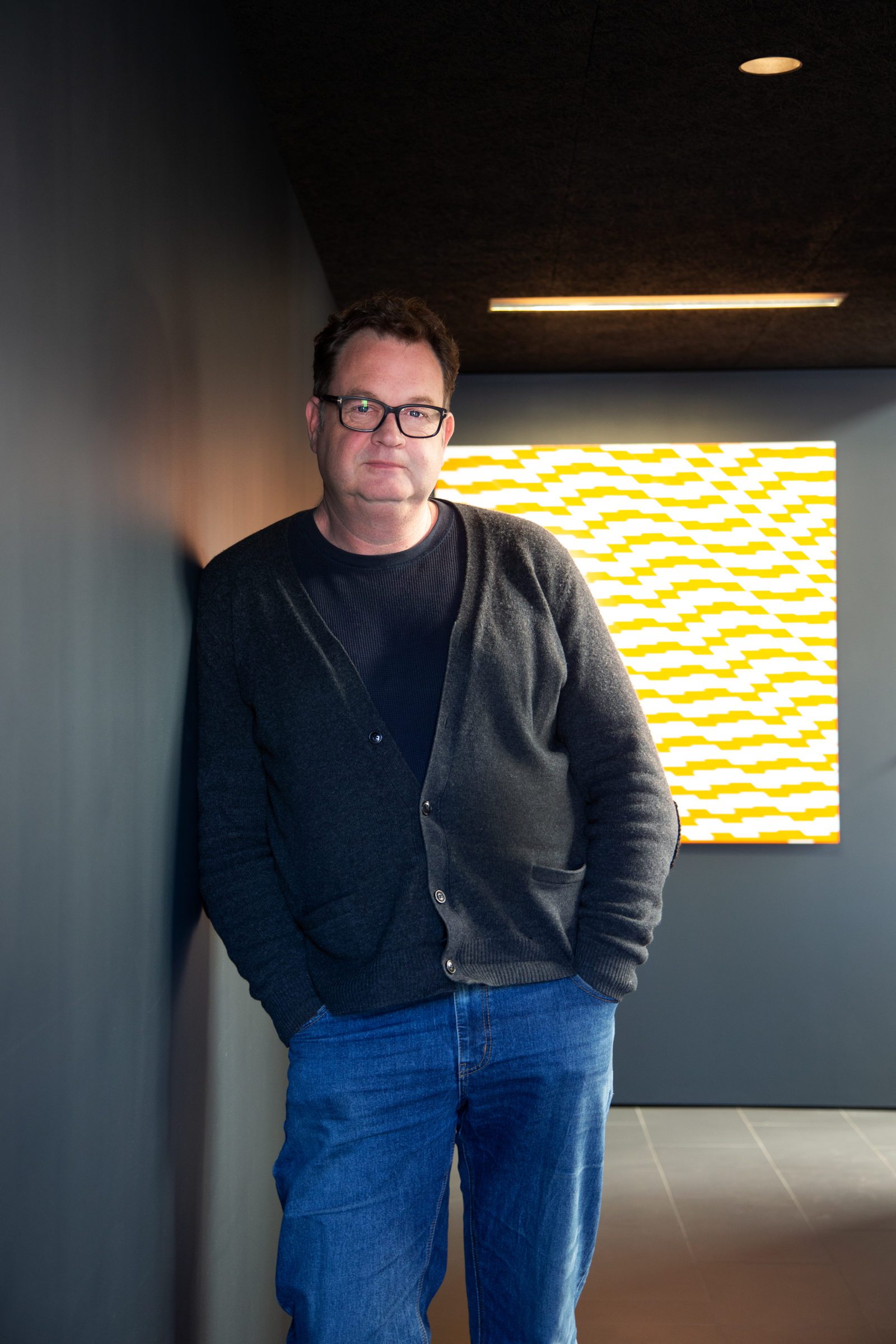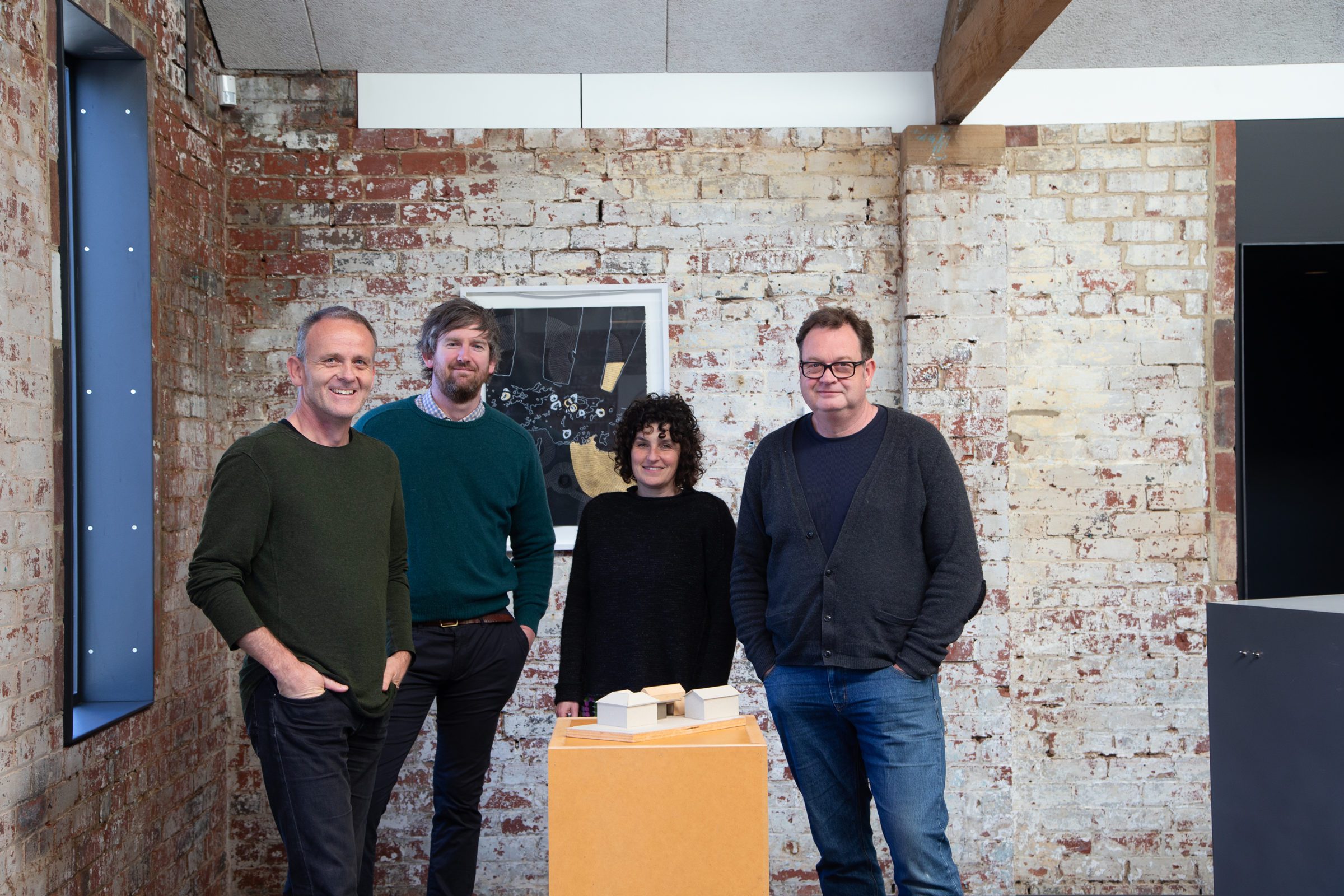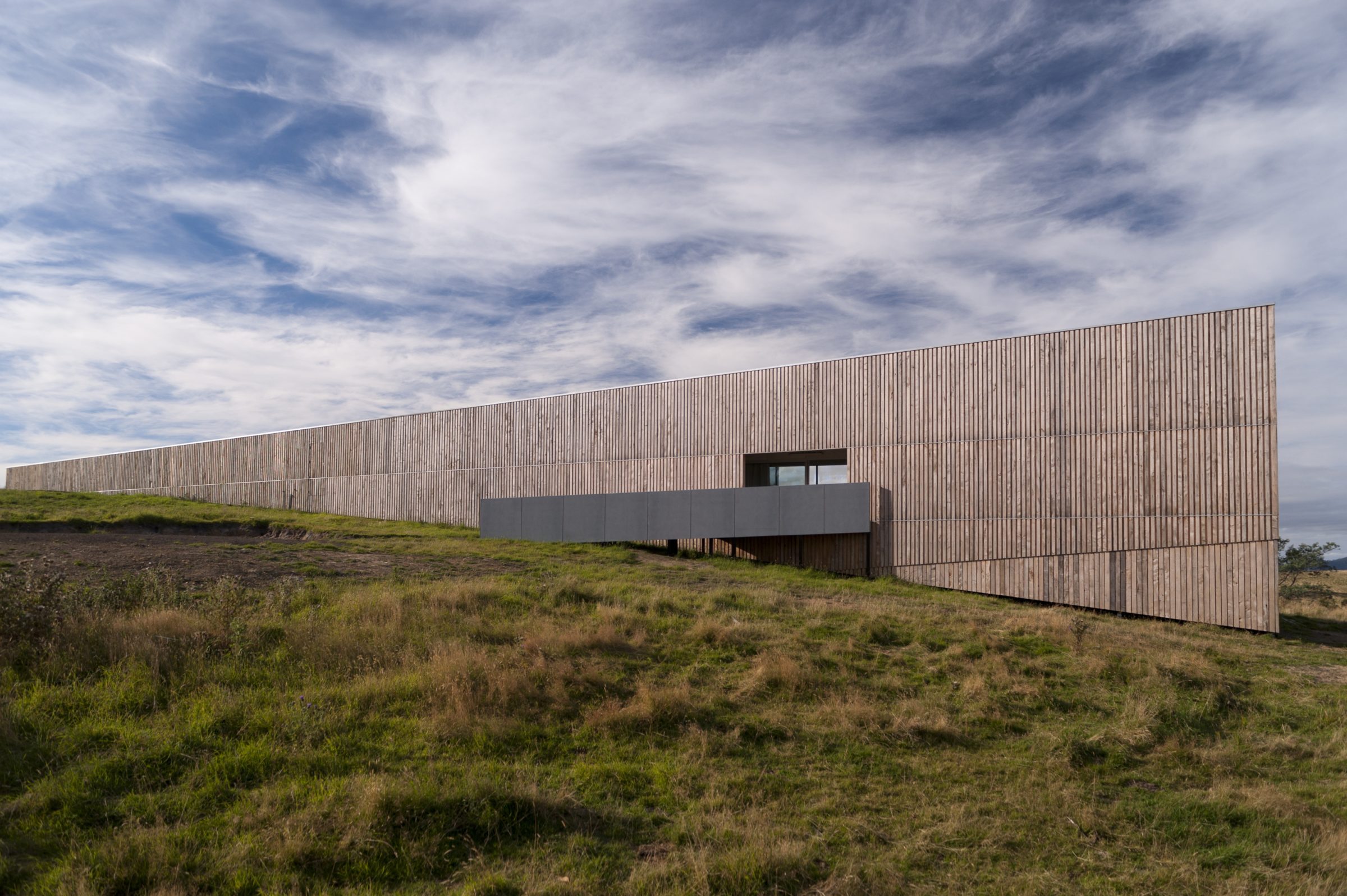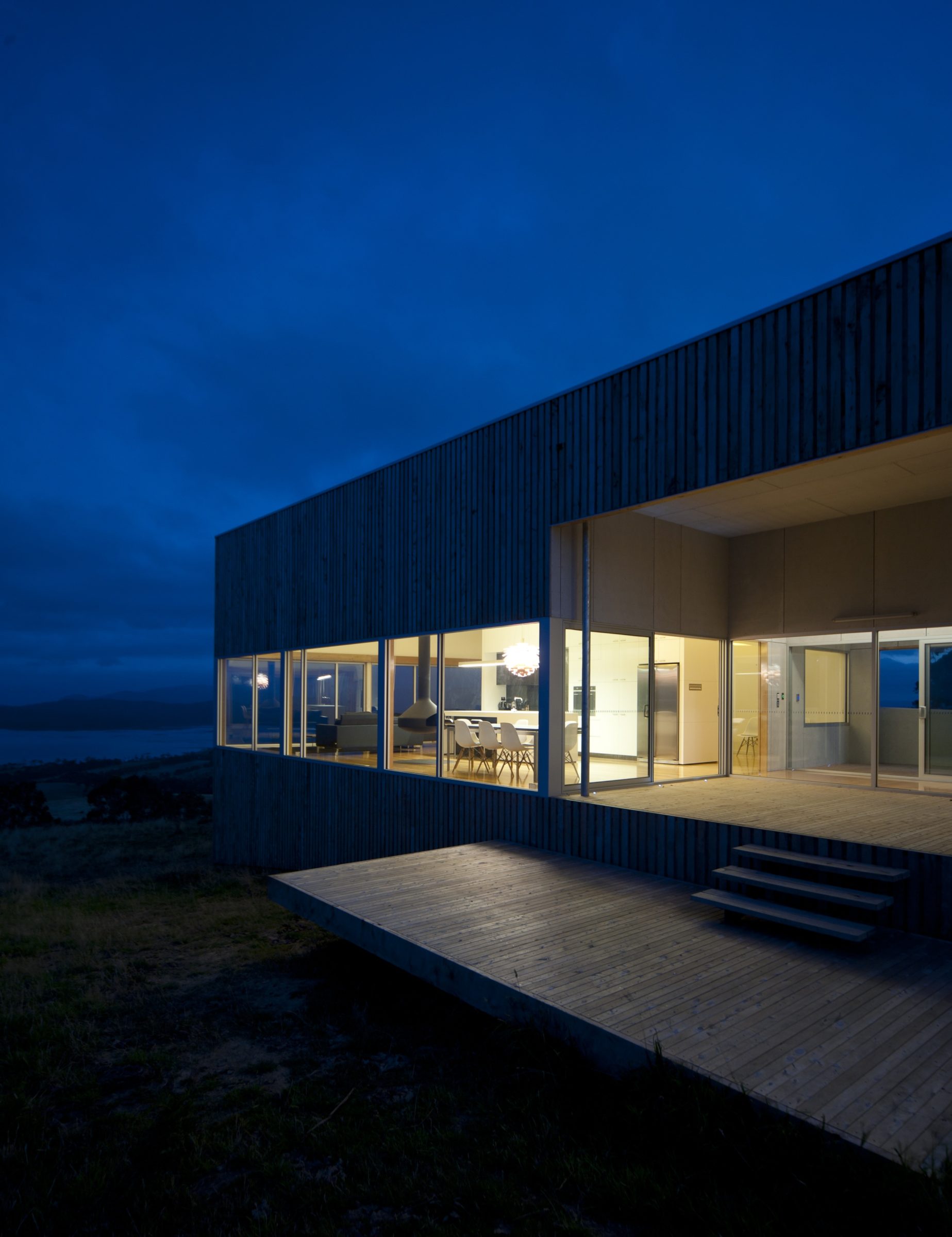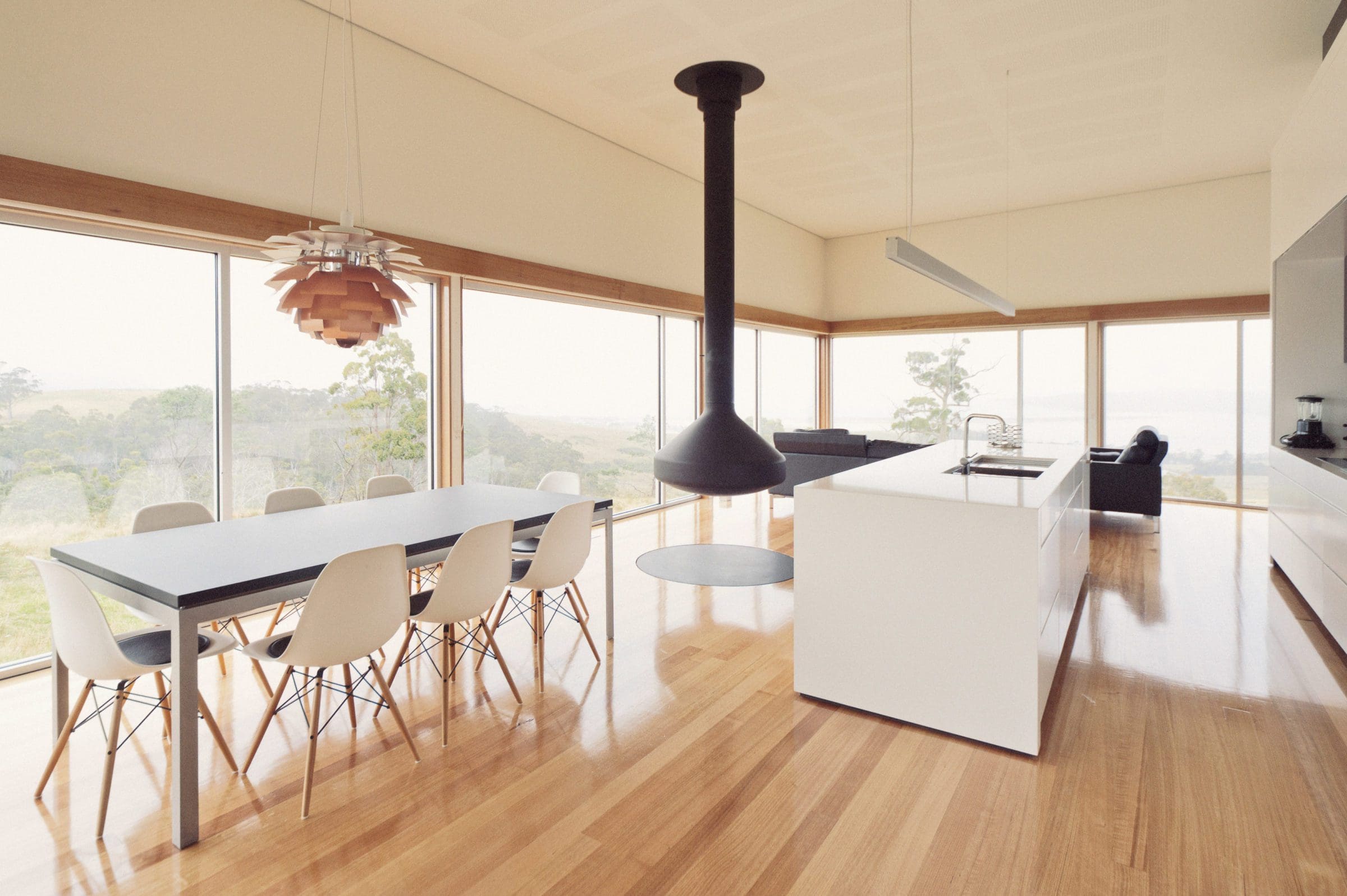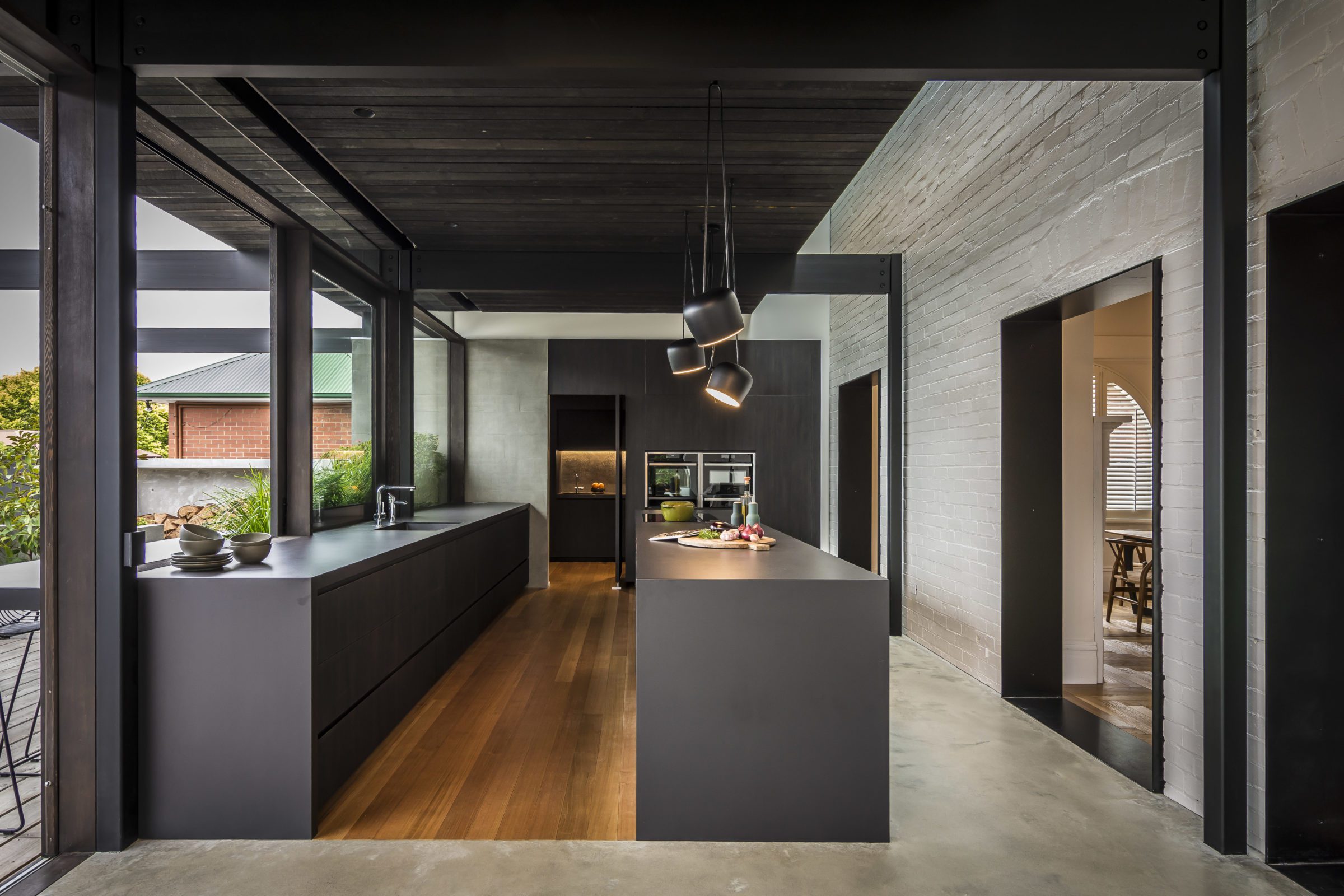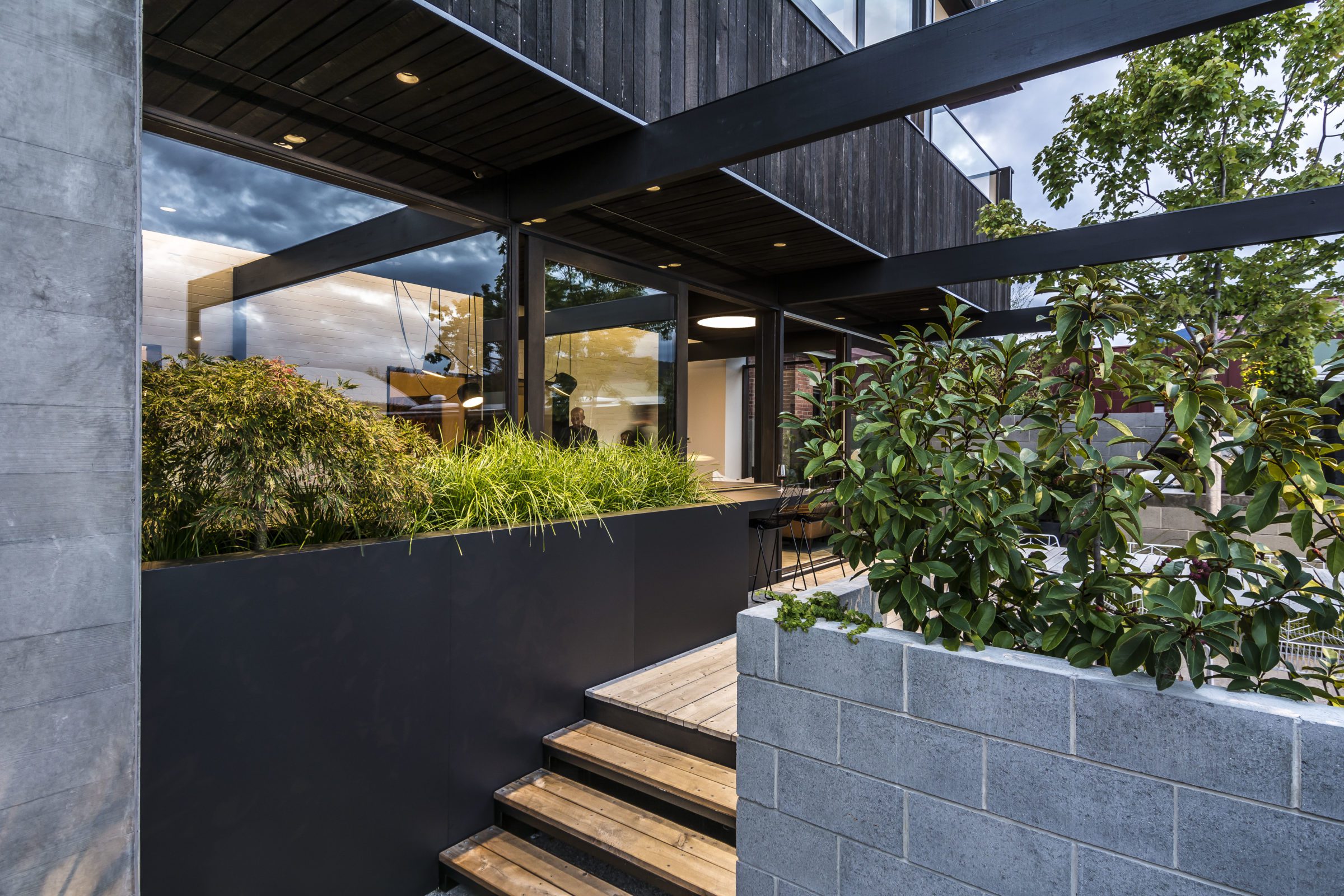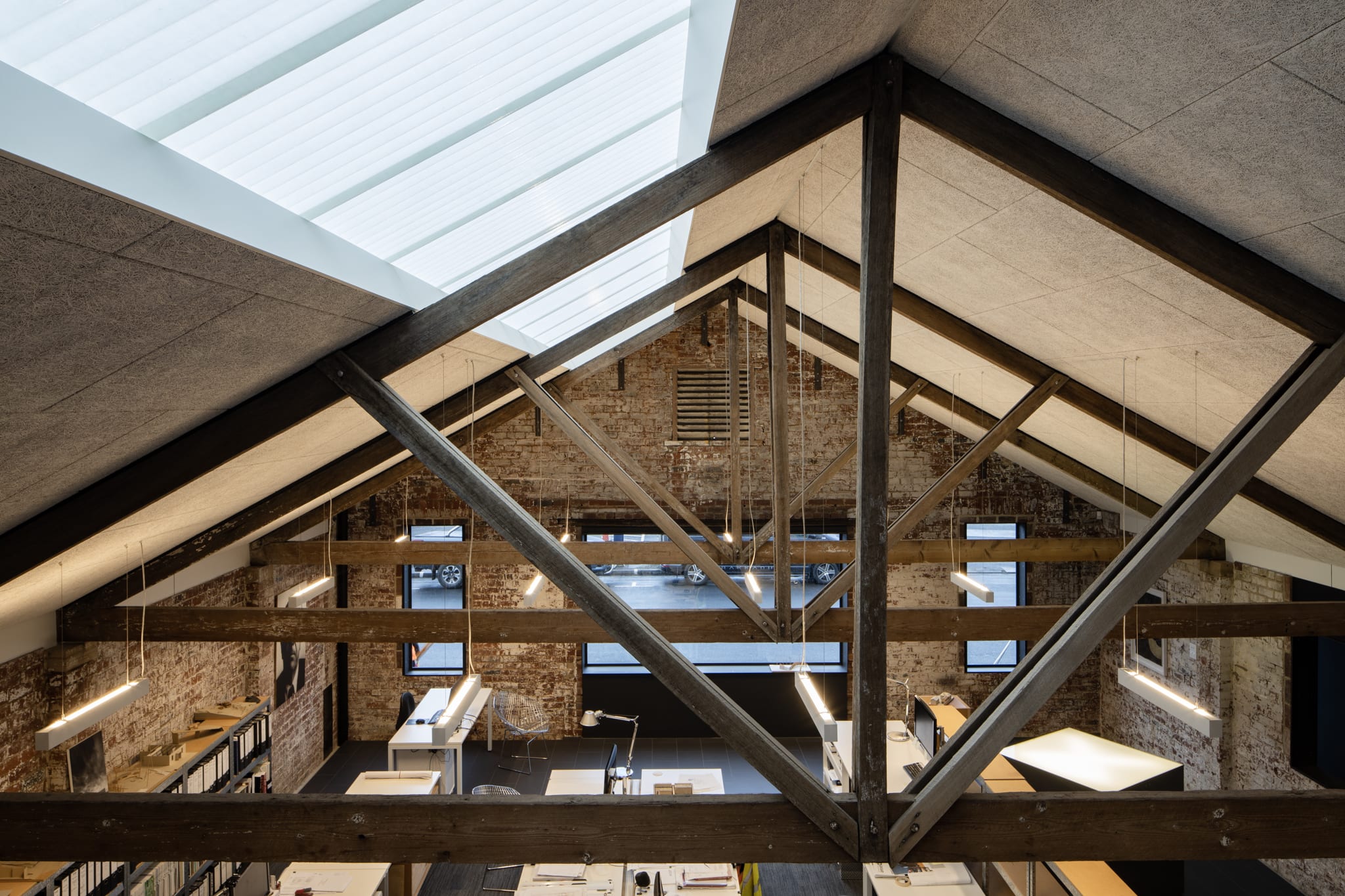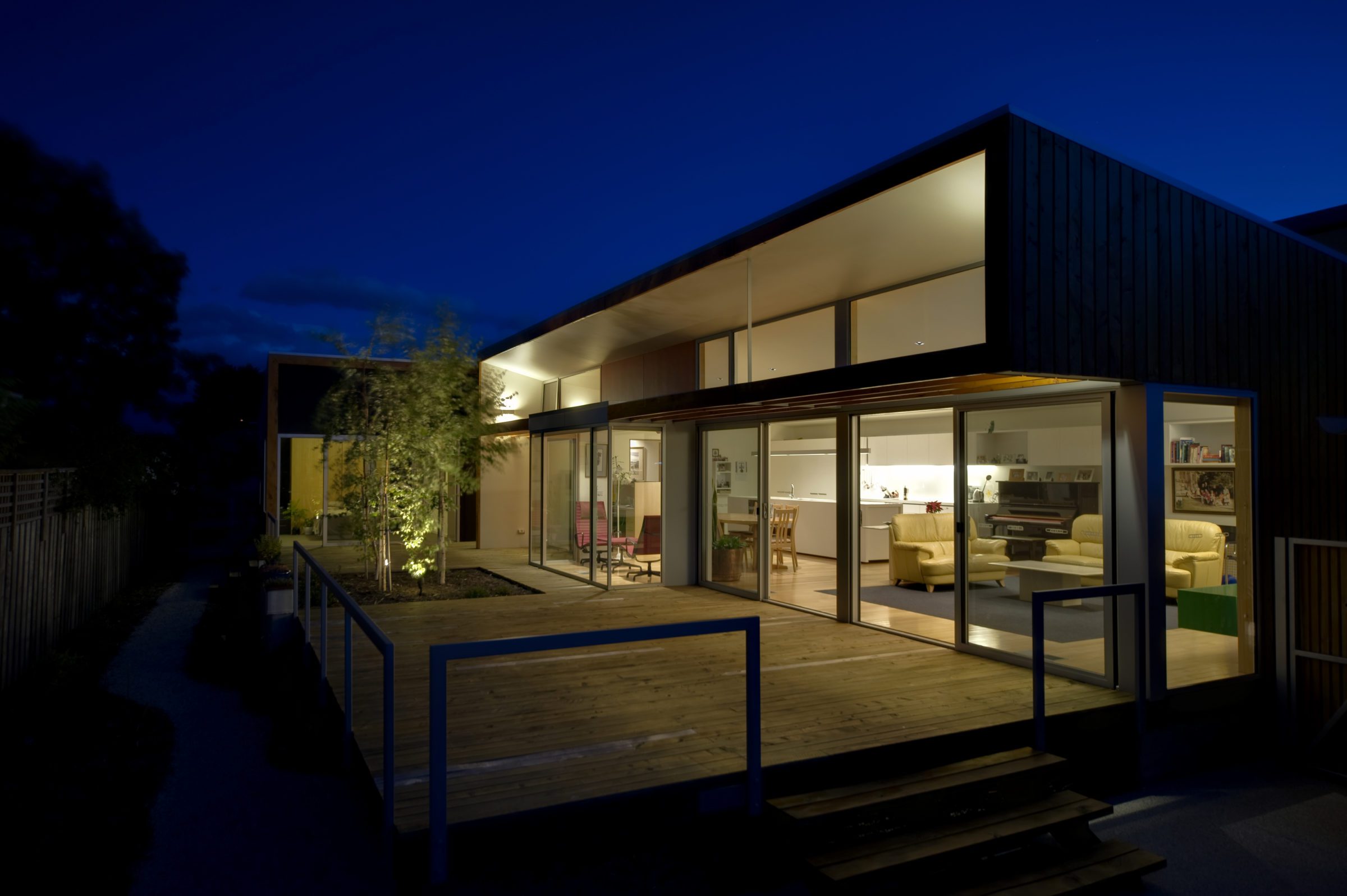Fred Ward
Meeting as teenagers at the University of Tasmania studying architecture, the three founding directors of 1+2 Architecture have homed in on what their design is truly about.
For them, it comes down having an intimate relationship and understanding of this island that they have called home to and where they started their practice together 18 years ago.
With synergy between skills, the trio has proudly and carefully contributed to the built environment across Tasmania, injecting their deep understanding of place into each design as a starting point for architectural intervention.
Over the course of the firm’s life, 1+2’s portfolio has spanned the private, public and governmental sectors, and cemented their Tasmanian centric practice as one of the state’s best.
Speaking to one of the firm’s Director’s, Fred Ward, we learn what’s behind one of the leaders of design on the Apple Isle.
What role do you think architects play in sustainability and the future of the planet?
As architects, we play a critical role. You only have to look at the causes of environmental disaster and see that the primary causes are actually bad decision making. The lack of thought in the construction of cities and our constructed environment is a major source of carbon problems on the planet.
If we can find ways to influence the mitigation of that problem, we can play a massive role. However, solutions aren’t as simple as making good material choices.
Change needs to happen on a social and political level. As a profession, the problem we must solve is finding effective ways to change attitudes in high-quality designs at a political level. If decision-makers don’t value what you do, it won’t matter how good you are because you don’t get to do it.
A lot of decisions in the political world are made for short term political outcome as opposed to taking the time to get decisions right first. Well-considered architectural design falls into this bucket. Let’s pause and stop and think about the long-term plan and long-term outcomes.
What do you think is missing from the conversation around sustainable architecture and design?
What’s missing is a real and effective desire for change. Everything we see is smoke and mirrors. If people were really interested in architecture and changing cities and buildings to make things more sustainable, we would see it everywhere. We would see it in commissions and policies, and the pressure would not fall on who can do it faster and cheaper.
Do you think architecture has a responsibility socially for the greater community?
In architecture, we’re presented with the opportunity to do our work as well as we possibly can. It is a profession where you can do some good and make the world a better place in certain places. We can make it better within the scope of each project to some degree.
But in all honesty, some days I wake up and look at my kids and think, ‘where are we at right now?!’
“As an architect, I often struggle with the idea if we are doing enough as a profession given the calamity of our climate.”
What is your studio’s approach to choosing/sourcing materials for a project? Is sourcing local/Australian important? Why?
If we talk about Tasmanian timber, you have to have a clear understanding of the nature of timber in Tasmania and how it’s sourced.
We have a hierarchy of principals and how we would use timber in projects. We always choose recycled, over the use of new.
Tasmanian timber is durable and highly recyclable and can be designed for recycling looking way into the future.
“Using timber of different sizes, you can design buildings so all material can be reused.”
We then look at sustainably and the certification. We often use a variety of species of timber gown in Tasmania and use plantation and engineered timber in our projects.
Responsibly sourced, certified wood is the only building material that helps tackle climate change; it’s renewable, it stores carbon and it consumes minimal energy in its production- how important is the incorporation of timber in your projects?
Timber plays a massive part in our work. Our first principle in architecture is to find solutions that are inherently appropriate to place, and material selection is key to that.
“And for us, timber is inherently Tasmanian. Timber is an inherently appropriate, local starting point. Tasmanian timber turns up continuously in our projects.”
The economic reality for architects in Tasmania, unlike other parts of Australia, is you need to balance aspiration with economic reality and timber gives you so many advantages in that aspect. It’s affordable, economical, easy to change and alter, so using timber comes up for us all the time.
It really goes right back to our educational roots at the University of Tasmania; at the timber design school, we learned under masters like Barry McNeill who taught us about the incredible properties of Tasmanian timber and that has stuck with us ever since.
As COVID-19 has changed the way in how we interact with our living spaces and we’re spending more time indoors, will biophilia play a greater role in design moving forward?
It’s an emerging topic and has become a common narrative of contemporary architecture. COVID will no doubt play a role in the future. Will this change how we think about everything, from office spacing to working from home? It has already infiltrated into discussion dramatically, and how we plan working environments, schools, childcare centres, etc, but COVID’s only answer is that there are no answers until the dust has settled.
There are trends emerging in workplace design which will likely have a long-term effect and will sooner or later translate into regulatory practices. The jury is well and truly out.
As a Tasmanian based architecture studio, do you draw inspiration from your surroundings and if so, how does it influence the design of a project?
Yes. Architecture is very, very place specific. What we think about when we build in the city is different than what we would do outside of the city.
We think a lot about the non-urban parts of Tasmania and its magnificent landscapes. We have an amazing built heritage in Tasmania so if we’re building in the context of City of Hobart projects, there is a 19th-century colonial influence that connects with our architectural values.
“A lot of times, it comes back to materials. In Tasmania, we have an amazing tradition of using timber, stone and brick. We always look into the context of where we’re building and understanding place. If we get those things right at the start, everything else follows.”
In what ways do you think Tasmanian/Australian design can influence design on a global scale?
Australian design and architecture is already highly influential and valued at a global level.
There are many Australian architects whose work has been recognised and is at the pinnacle of design excellence, so that recognition is already in place.
Australian Architect Glenn Murcett won the Pritzker Prize in 2002. His work is groundbreaking and the reason for that is he’s found an approach that is inherently in tune with the critical qualities of Australia’s natural and built landscape and heritage and can express those values in his work incredibly. People around the world look to him as an icon for the region.
In Tassie, we have a wonderful tradition of architecture and first-class practitioners continuing those ideas, and we’re riding on the shoulders that have gone before us.
“Tasmania has an incredible landscape, so it’s no wonder good work is done here.”
Is there a sense of camaraderie/collaboration amongst Tasmanian/Australian architects and designer-makers?
From my experience, certainly. We have a fabulous college of architects working together that share the knowledge that they’ve acquired and seek to help one another.
Is there an artist, photographer, furniture maker, designer or tradesperson that you think is making waves in Tasmanian/Australian design?
In furniture, Laura McCusker. She is a magnificent example of someone whose work has been widely recognised and is a top-level furniture designer doing magnificent things. Laura is using Tasmanian timber in a truly unique way creating design solutions that celebrate the local.
What kind of research goes into a project before it begins?
Every project has an element of research and there’s a kind of conglomeration of knowledge that happens that’s recorded and stored but generally, our responses are intuitive. It’s not necessarily about the research but intuitive solutions that come from a deeper understanding of place which, is perhaps, more valuable than research.
As an architect, is there any advice/encouragement you would like to pass along to the next generation of architects?
Work extremely hard, don’t seek fame or fortune, and just make every project the best thing you can do at the time.
“Think locally, act locally, and understand the place in which you’re working before you make any decisions about how you want to change it.”
What three words define your practice?
Spirit of place.


